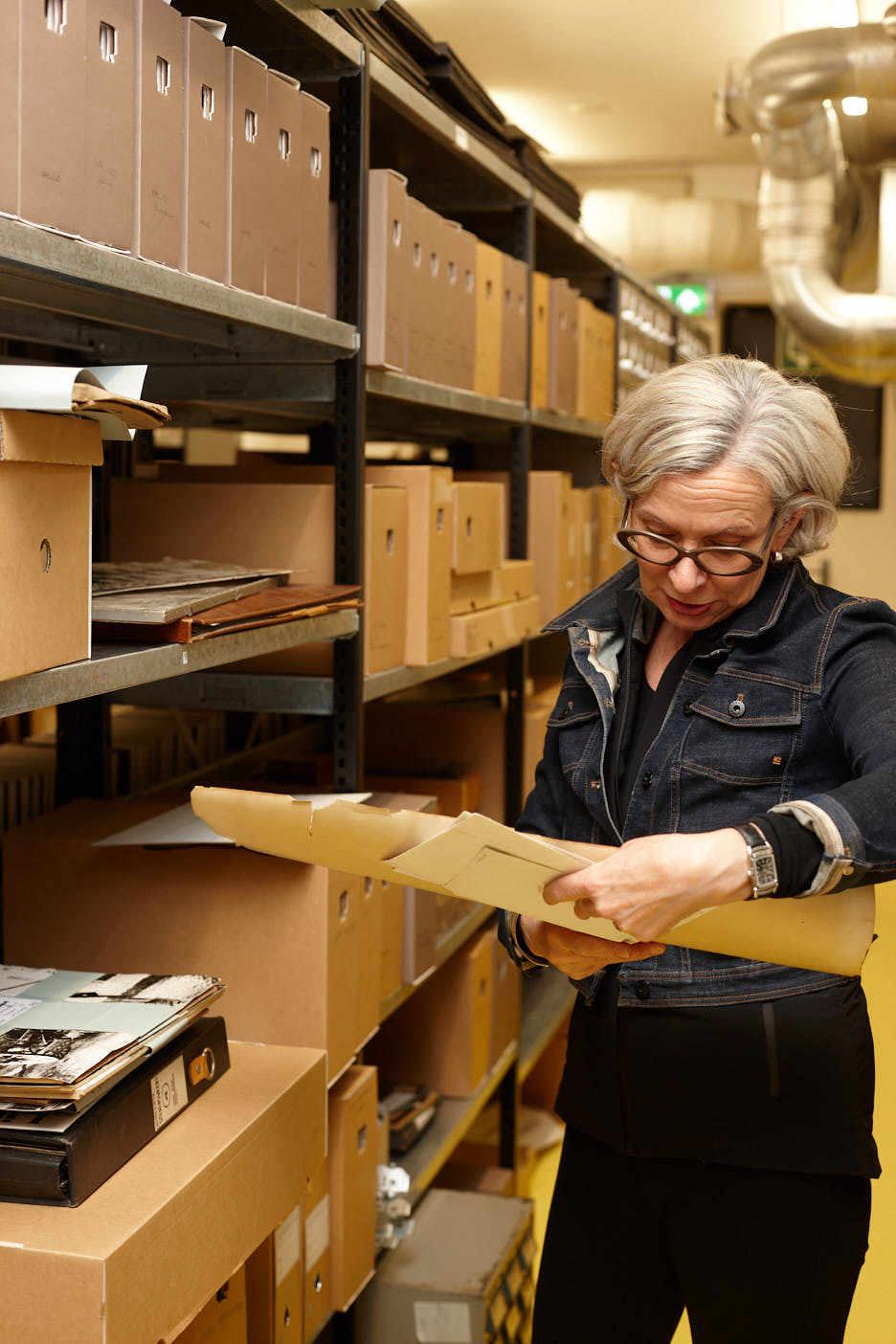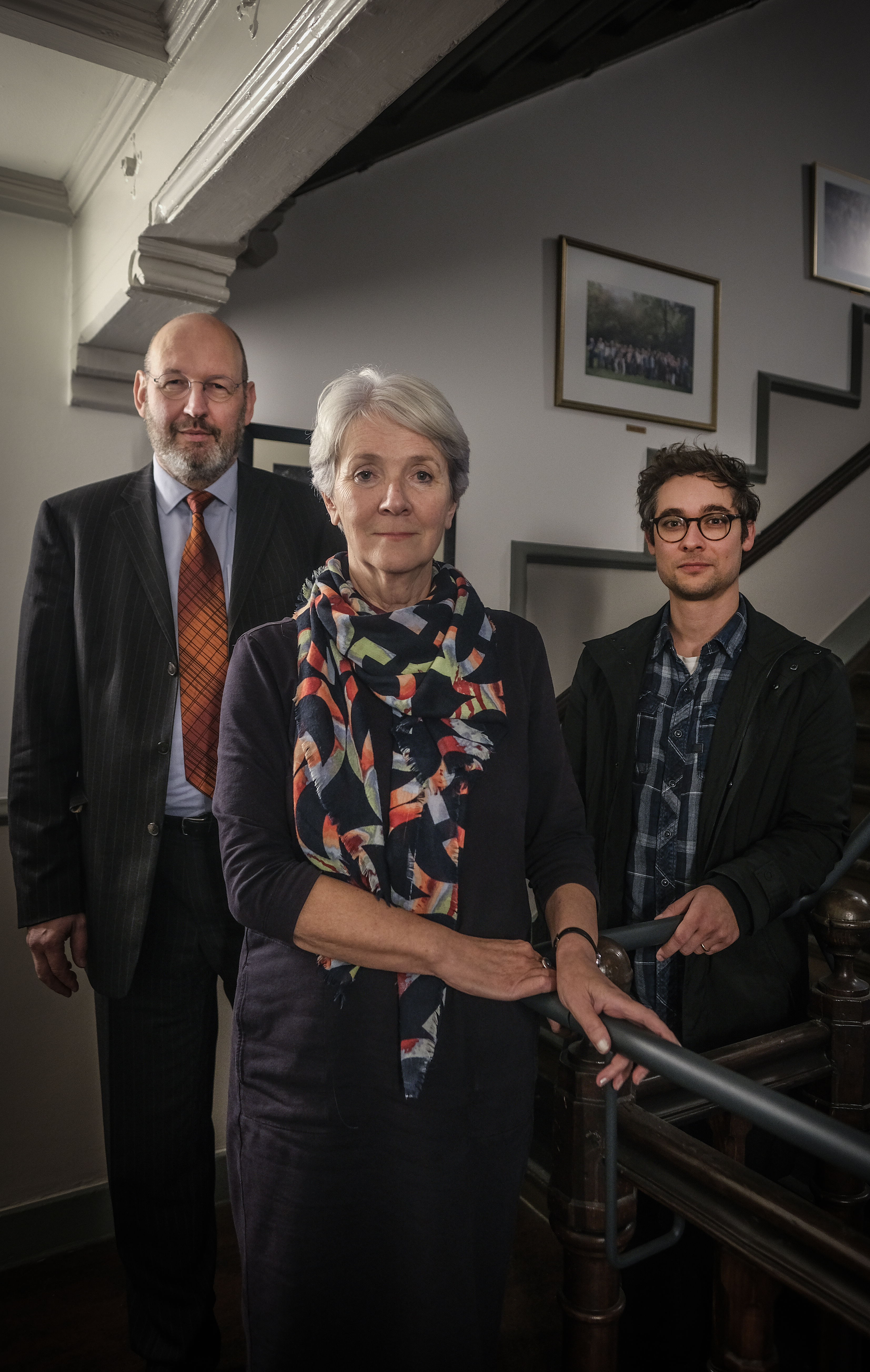Citizen science in regional historic research
The Centre for the Social History of Limburg (SHCL) came into existence in 1949, but its cooperation with Maastricht University’s Faculty of Arts and Social Sciences (FASoS) is more recent. An agreement was signed by Maastricht University (UM) and the SHCL in 1983 to formalise their arrangements for working together. In collaboration with FASoS, the director of the SHCL, Nico Randeraad, holds the chair of 'Comparative regional history, in particular that of Limburg and neighbouring regions'.
Embedded teaching
The SHCL places great importance on teaching future generations about local and regional heritage. “We give courses at FASoS in different bachelors’ and masters’ programmes and supervise theses,” Joris Roosen, head of research at the SHCL, says. “In addition, FASoS is starting a Digital Studies Lab in 2023 and SHCL will be closely involved in this. We have considerable expertise when it comes to new methods and approaches in the humanities.”
Sally Wyatt, Associate Dean for Research at FASoS, is glad to have this strong cooperation when it comes to teaching at FASoS and hopes to strengthen the cooperation between SHCL and FASoS in research.
Citizen science
The SHCL involves students in their research and teaching practices, and also likes to include society as a whole. Nico explains that “we are involved in different forms of citizen science, research conducted with the help of the public. We have volunteers who help us with office work, those who help go through databases, and people who have knowledge about local history that we do not have. You need citizen science to be able to tell the whole story.”
Joris adds to this, explaining how “these volunteers are a huge asset to the SHCL. In the letterhead project that we are currently doing, where we try to collect as many letterheads from historical business correspondence as possible, volunteers have been invaluable in taking out staples and paperclips, and scanning all letters in order to facilitate digitization. This may seem minor, but this is hugely important work to make our research data available to a large public.”
The SHCL has about 5 to 10 volunteers and interns at any given time. “Many of our volunteers are retirees. They have invaluable knowledge and expertise that doesn’t just go away when they retire. We also offer space to those in reintegration trajectories and we work together closely with social organisations and the municipality. We are a social centre in more than one way,” Joris clarifies.
How do you keep volunteers enthused, Sally wonders. “It’s important to incorporate our volunteers in our projects. We value their input as they are the ones working closely with all the data,” Joris says.
“One of our volunteers used to work as a photographer for a local newspaper,” Nico continues. “He is describing and cataloguing photos from archives from the 40s, 50s and 60s. He found out that some images are available through Delpher, a website that provides online access to Dutch newspapers and other digitized sources, but others are only available in the Royal Library in The Hague. He told me about this, so I got in touch with my contacts there to make sure that our volunteer has more metadata to work with, in order to enrich the descriptions of our collection. Without our volunteer it would take much more time to showcase this collection.”

Crowdsourcing
Another way in which SCHL involves citizens in its research is by crowdsourcing, a practice in which the public is asked to help obtain useful information. “One of our largest crowdsourcing projects is called DRAPO. In this project, we ask the public to send us photographs of the flags and banners of organisations in Limburg as these provide a colourful documentation of regional heritage. Citizens send these images to us, and they help us build a database of flags and banners. These images are interesting to both members of the public and researchers,” Nico explains.
“The same goes for the letterhead project,” Joris adds. “We have set out a call to action to the public and ask for letterheads from business correspondence lying around in an attic or basement and deliver them to us, either digitally or in person so we can scan them. We need crowdsourcing so we have more metadata to code into a database.”
Looking across borders
Sally notes that “citizen science and crowdsourcing do not stop at the border, especially not when located in the Euregion.” Nico agrees with this and continues: “The Meuse conference of last summer is a beautiful example. In this conference, we explored the Meuse, its historical floods, the river’s metamorphoses, the handling of archaeological finds, and trade. We reached out to local organisations, as well as administrative and political bodies on both sides of the border. There was a lot of interest in seeing the Meuse as cultural heritage.” “Besides that,” Joris adds, “we can easily take our crowdsourcing projects across the border.”
Overcoming language barriers
The SHCL is a centre for regional history. Most of its sources are in Dutch, and some may be in one of the many local Limburgish dialects. Doesn’t that make it more difficult for the many international FASoS staff and student researchers to contribute to SHCL, Sally wonders. “For quite a few projects this would indeed pose a significant challenge. Fortunately, we are now mostly focusing on photo collections; DRAPO and the letterhead project. Both are visual projects in which language does not play a prominent role,” Nico explains.
Sally would like to see the collaboration between FASoS and SHCL strengthen further. According to her, “the SHCL is an important linchpin for FASoS to the local community and to local history. We want to contribute to the preservation, and further development and understanding of local history. This is important for a regional university such as UM, and the collaboration with SHCL helps us to achieve this.”
By: Eva Durlinger
Pictures by: Joey Roberts and David Maesen

Nico Randeraad, director SHCL; Sally Wyatt, Associate Dean for Research FASoS; Joris Roosen, head of research SHCL
The Centre for the Social History of Limburg (SHCL) is an independent heritage institution associated with the Faculty of Arts and Social Sciences (FASoS) at Maastricht University. The centre provides a research infrastructure for comparative regional history by providing access to historical sources, managing a library collection, and conducting research.